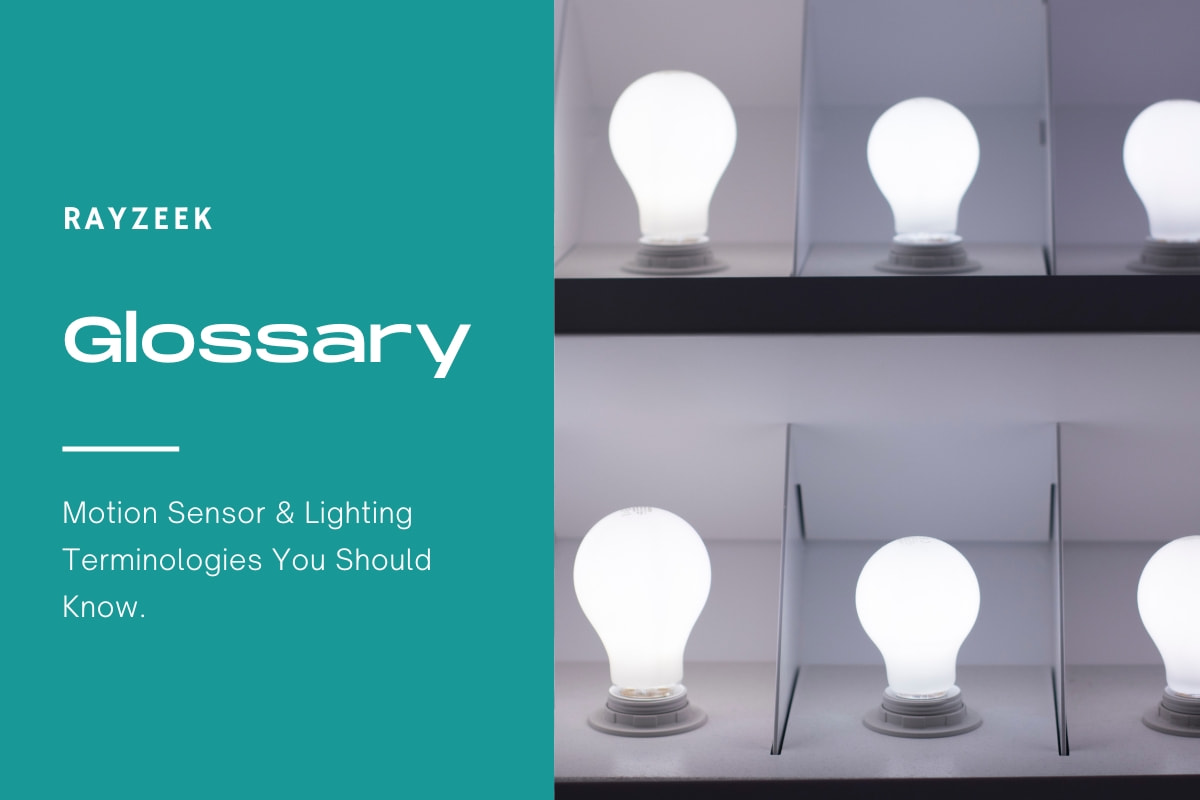What is IEEE
IEEE refers to the Institute of Electrical and Electronics Engineers. It is an international professional organization that focuses on advancing technology in various fields, including the lighting industry. The IEEE Bombay Section is responsible for organizing the IEEE Sustainable Smart Lighting World Conference & Expo (LS:18), which is a charter IEEE Conference sponsored by IEEE Power & Energy Society and IEEE Industrial Application Society.
Get Inspired by Rayzeek Motion Sensor Portfolios.
Doesn't find what you want? Don't worry. There are always alternate ways to solve your problems. Maybe one of our portfolios can help.
The main objective of this conference is to facilitate collaboration between the Lighting Symposium Series (LS) community, which specializes in lighting systems and is expanding into smart and human-centric lighting, and the IEEE community, which emphasizes innovation, advancement, and energy efficiency in lighting solutions. By bringing together these two communities, the conference aims to promote knowledge exchange and advancements in the field of lighting.
The IEEE Sustainable Smart Lighting World Conference & Expo (LS:18) invites contributions in the form of full papers or abstracts in various tracks such as Solid-State Lighting, Lighting 4.0, Connected Lighting Systems (CLS), Human Centric Lighting (HCL), and Micro-grids/Sustainable Lighting. The topics covered in these papers or abstracts encompass a wide range of areas, including Residential Lighting, LEDification of Illumination, Visual Light Communications (VLC), Outdoor Lighting, Light-as-a-service (LaaS), Efficiency/Clean Power, Smart Devices and Appliances, Smart Grid/Smart Energy, Smart Village/Communities, Lighting Standards, Smart Lighting in Developing Economies, Smart Lighting in Emerging Economies, and Commercial Models of Lighting Projects.
Maybe You Are Interested In
Frequently Asked Questions
What Is the IEEE Standard PAR1789
The formation of the IEEE Standards Working Group, known as IEEE PAR1789, aims to address the issue of flicker in LED lighting and provide recommendations for modulating current in High Brightness LEDs to mitigate health risks to viewers. This group advises various organizations, including the lighting industry, ANSI/NEMA, IEC, and EnergyStar, on this emerging concern.
What Are the Requirements for IEEE
An individual who has obtained a degree from an accredited institution or program, lasting three to five years or more, and has a minimum of three years of professional work experience in teaching, creating, developing, practicing, or managing within the field designated by IEEE.
What Are the Most Important IEEE Standards
The IEEE 802 standards encompass a range of important technologies, including Ethernet, Bridging and Virtual Bridged LANs, Wireless LAN, Wireless PAN, Wireless MAN, Wireless Coexistence, Media Independent Handover Services, and Wireless RAN. Each of these areas has a dedicated Working Group within IEEE to ensure their development and implementation.
What Is IEEE Standard Voltage
IEEE C37 standards cover typical circuit breakers with maximum voltage ratings ranging from 4.76 kV to 800 kV. These standards also specify continuous current ratings of 600 A, 1200 A, 2000 A, 3000 A, and 4000 A, which are associated with the different maximum voltage ratings.
What Are the Voltage Levels for IEEE Standard
IEEE Standard for Metal-Clad Switchgear specifies a range of rated maximum voltage levels, which vary from 4.76 kV to 38 kV. Additionally, the main bus continuous current ratings for this type of switchgear are available in options of 1200 A, 2000 A, 3000 A, and 4000 A.

























